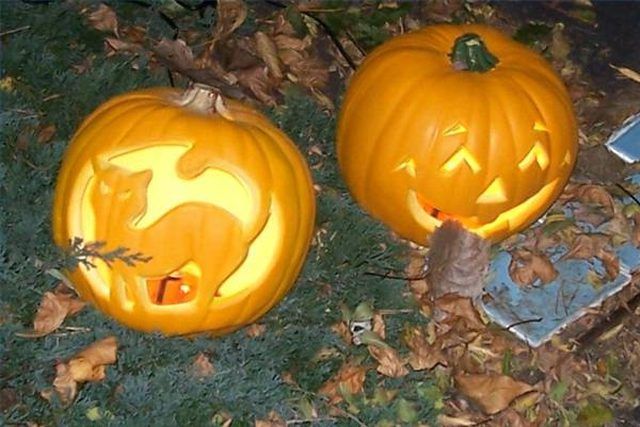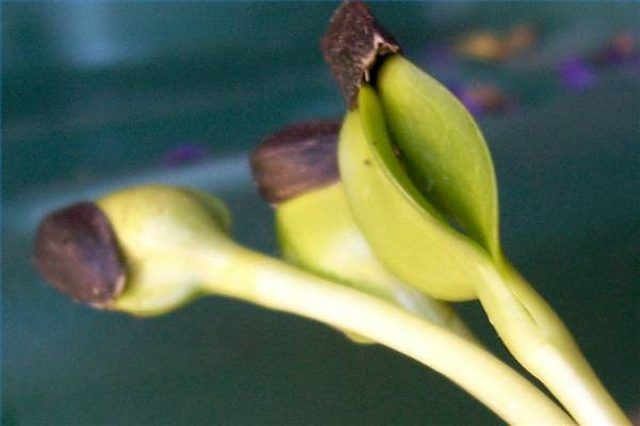Bulbs
Flower Basics
Flower Beds & Specialty Gardens
Flower Garden
Garden Furniture
Garden Gnomes
Garden Seeds
Garden Sheds
Garden Statues
Garden Tools & Supplies
Gardening Basics
Green & Organic
Groundcovers & Vines
Growing Annuals
Growing Basil
Growing Beans
Growing Berries
Growing Blueberries
Growing Cactus
Growing Corn
Growing Cotton
Growing Edibles
Growing Flowers
Growing Garlic
Growing Grapes
Growing Grass
Growing Herbs
Growing Jasmine
Growing Mint
Growing Mushrooms
Orchids
Growing Peanuts
Growing Perennials
Growing Plants
Growing Rosemary
Growing Roses
Growing Strawberries
Growing Sunflowers
Growing Thyme
Growing Tomatoes
Growing Tulips
Growing Vegetables
Herb Basics
Herb Garden
Indoor Growing
Landscaping Basics
Landscaping Patios
Landscaping Plants
Landscaping Shrubs
Landscaping Trees
Landscaping Walks & Pathways
Lawn Basics
Lawn Maintenance
Lawn Mowers
Lawn Ornaments
Lawn Planting
Lawn Tools
Outdoor Growing
Overall Landscape Planning
Pests, Weeds & Problems
Plant Basics
Rock Garden
Rose Garden
Shrubs
Soil
Specialty Gardens
Trees
Vegetable Garden
Yard Maintenance
How Does a Pumpkin Reproduce?
How Does a Pumpkin Reproduce?. Pumpkins are those globular orange squashes that smile back at us from windows and porches on Halloween. They are actually fruits native to Central America. Pumkins were widely cultivated by Native Americans and eventually shared with English settlers in the first years of European settlement. Since then, they've...

Pumpkins are those globular orange squashes that smile back at us from windows and porches on Halloween. They are actually fruits native to Central America. Pumkins were widely cultivated by Native Americans and eventually shared with English settlers in the first years of European settlement. Since then, they've replaced the turnip as jack-o-lanterns as well as provided generations of pies, soups, breads and casseroles. You'll find pumkin in plain old squash dishes and contributing to roasted pumpkin seeds. They are members of the genus cucurbitacae and a pumpkin's reproduction habits are the same as relatives like winter squash, gourds, melons and cucumbers.
Pumpkins pick their spaces carefully. Since they're warm weather crops, they grow best in open spaces where they get at least six hours a sun a day and where soil is fertile and friable so they never sit in water. They prefer a soil with a pH that ranges from 5.5 to 6.5. Once established, pumpkins can re-seed themselves yearly, providing they are an "open germination" or heirloom variety. Hybrids tend to either reproduce differently than the parent or not at all. Like all fruits, pumpkins flower in spring, then set fruit with seeds that mature with the fruit. Once the growing season ends, from 100 to 140 days after germination, the fruit and plant shrivel with first cold blasts of winter and the mature seeds are exposed as the pumpkin is eaten by animals or slowly decomposes in place. Each seed contains an embryonic plant with all the genetic information it needs to become a full-grown copy of its parent.

Along with genetic information, each seed contains nutrients to get it through the winter and early spring. A hormone, absciscic acid (ABA), controls the seed's germination to provide a period of dormancy before the tender dicot breaks the surface of the soil. Other chemicals and enzymes prepare the embryo and soften the shell so that it can begin growing when the soil is reliably warm and there is a sufficient supply of water and sunlight to support the little plant. Once conditions are right, the little plant begins growing and after maturity begins to bloom. The first blooms of the pumpkin are all male, providing pollen for bees that will return to pollinate the second set of blooms which will be female. When this happens, the cycle is complete. Fruit follows blooms with the next year's embryonic plants growing inside.